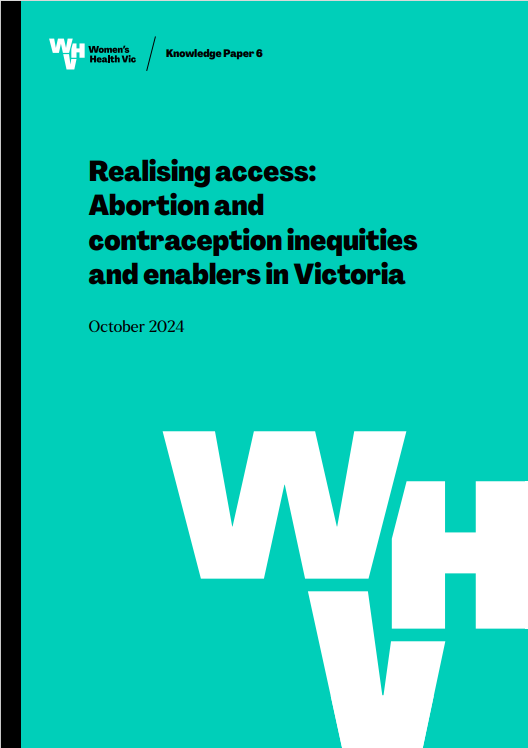This report analyses trends in sexual and reproductive health service seeking across Victoria with a focus on abortion and long-acting reversible contraception (LARC). It draws on previously unpublished data from 1800 My Options, a service of Women’s Health Victoria.
Analysis of over 30,000 calls received by the service from 2018 to 2023 highlights differences in service seeking according to geographic location, population characteristics, and measures of socioeconomic disadvantage. Further insights are drawn from Victorian Women’s Health Atlas mapping of medication abortion and LARC access by local government area, and from a qualitative survey of nine Victorian women’s health services.
The report discusses barriers and enablers to accessing abortion and contraception services throughout Victoria. Challenges facing service seekers, particularly those seeking abortions, are often complex and reflect deeper social, safety, economic and health challenges in the community.
Detailed recommendations are provided to inform Victorian and Australian needs-based health policy and service provision, and 1800 My Options service planning.
Sarder M, Mogharbel C, Kalman T (2024) Realising access: abortion and contraception inequities and enablers in Victoria. Women’s Health Victoria. Melbourne. (Women’s Health Victoria Knowledge Paper; 6).





